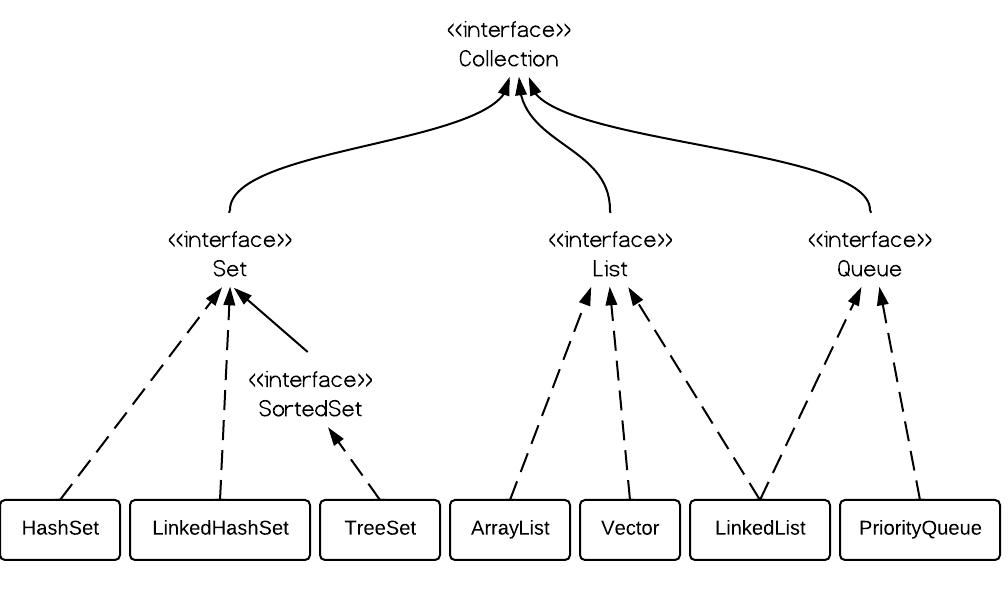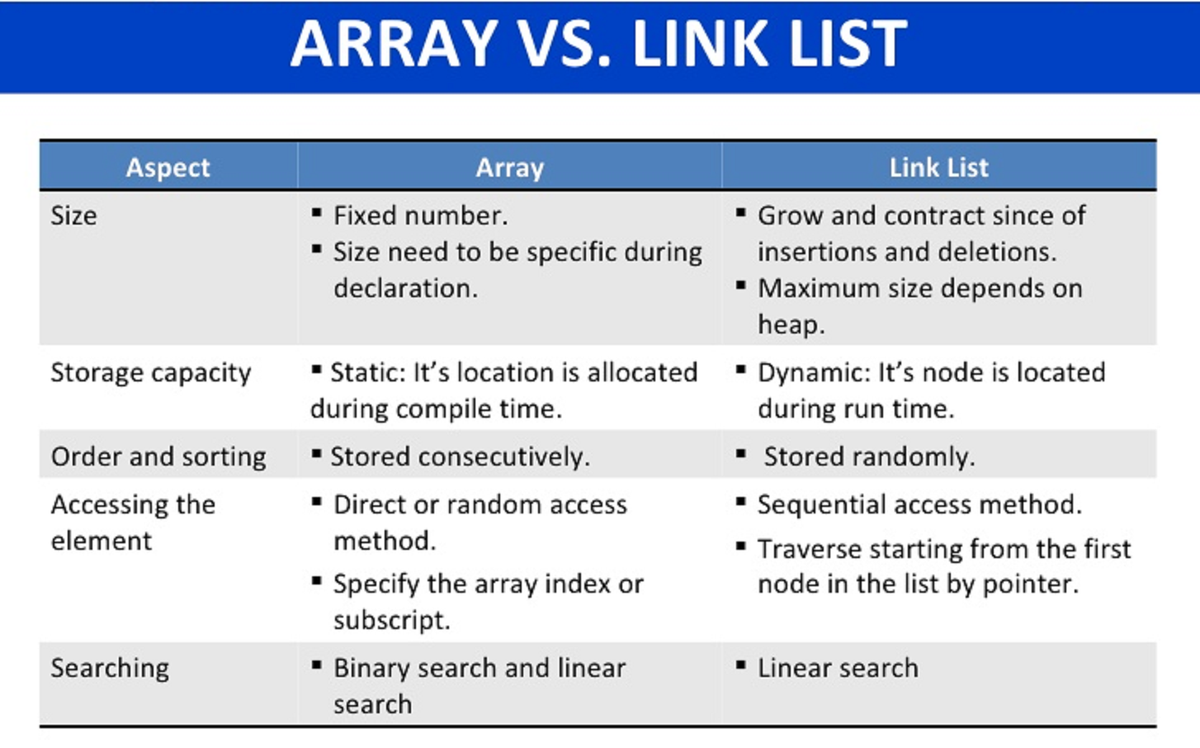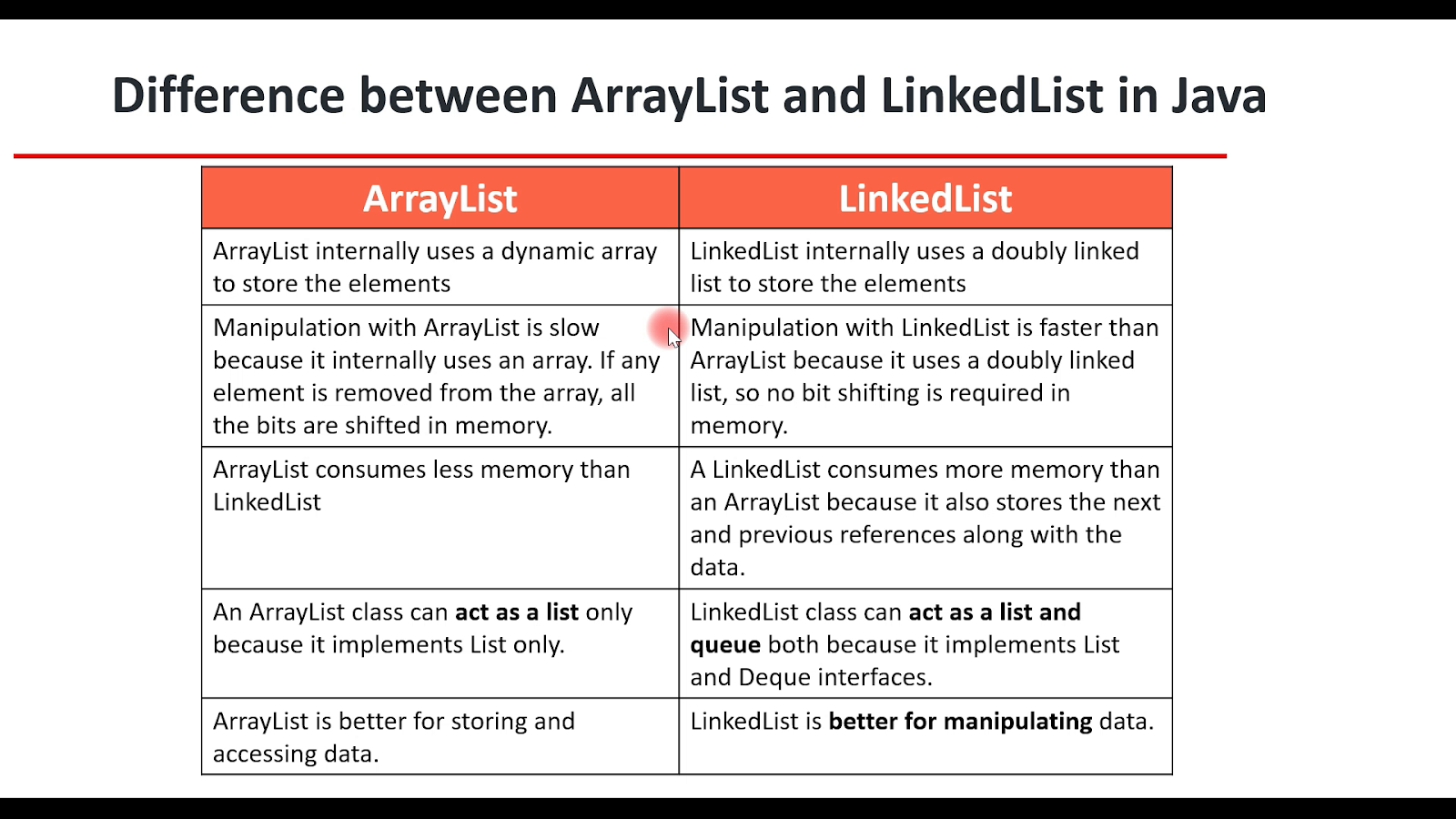

For example, you get can objects using index using the get() method, you can add, remove elements and store as many objects as you need. LinkedList has same features as ArrayList.

The other types of LinkedList are Singly Linked List and Circular Linked List. This means both are same values and determine the sequence of the list. Since item 3 is the last element, the next pointer (of item3) is null and the previous pointer (of item3) is the same as the next pointer of item 2. item 2 has a previous pointer to item 1 and next to item 3. Item 1 has the previous node pointer as null, whereas next points to item 2 in the list. The demarcation on the left of each item indicates previous pointer, and the demarcation on the right indicates the next pointer. Here is a quick diagram that represents a doubly linked list – In a doubly-linked list, each node has a reference to its next and previous nodes, other than containing the node’s actual value. In Java, LinkedList is implemented as a doubly-linked list internally (although, Java also supports Singly Linked List). LinkedList is a linear data structure where each element of the list is referred to as a node that contains the element value and the pointer to the previous and next node. We can also add a value of null to an ArrayList, which will be displayed at its position as “null”. util.Collections class.ĪrrayList is not synchronized, which means if multiple threads change a list at the same time, the result could be unpredictable. It is also easy to sort objects in ascending or descending order with ArrayList using the method sort of the Java. The collection is extended by the Iterable interface. If we add another element with the same name, the list size will grow and the value will be displayed without any issue.ĪrrayList implements the List interface which in turn extends the interface Collection. Same way, when we removed Mary, all the other elements had to be moved to the left.ĭuplicate values are perfectly acceptable in ArrayList. This means to accommodate ‘Joseph’, all the other elements have been shifted to the right.

This will not replace ‘Maryln’ but will move it to the next index. You can also add elements at any location. We have removed the previous name and added the new one in the same place. Suppose, you want to replace the name “Mary” to “Maryln”, you could do the following – namesList.remove(namesList.get(2))

If you want to access any element of the list, you can easily get it using the index. In fact, any type of manipulation is easy with ArrayList. It can just add elements as the list grows. ArrayList namesList = new ArrayList() Īs we see, there is no initial size given to the list. ArrayList is a dynamic array, which grows in size as the number of elements increases. With ArrayList, this problem will not occur. However, what happens if there are more students than 5? Where Student is a class that holds information about students of a college like a name, age, subject, average marks, email id, gender, and whether they have distinguishing marks or not.ĭetails of each Student are stored in an array, names.


 0 kommentar(er)
0 kommentar(er)
